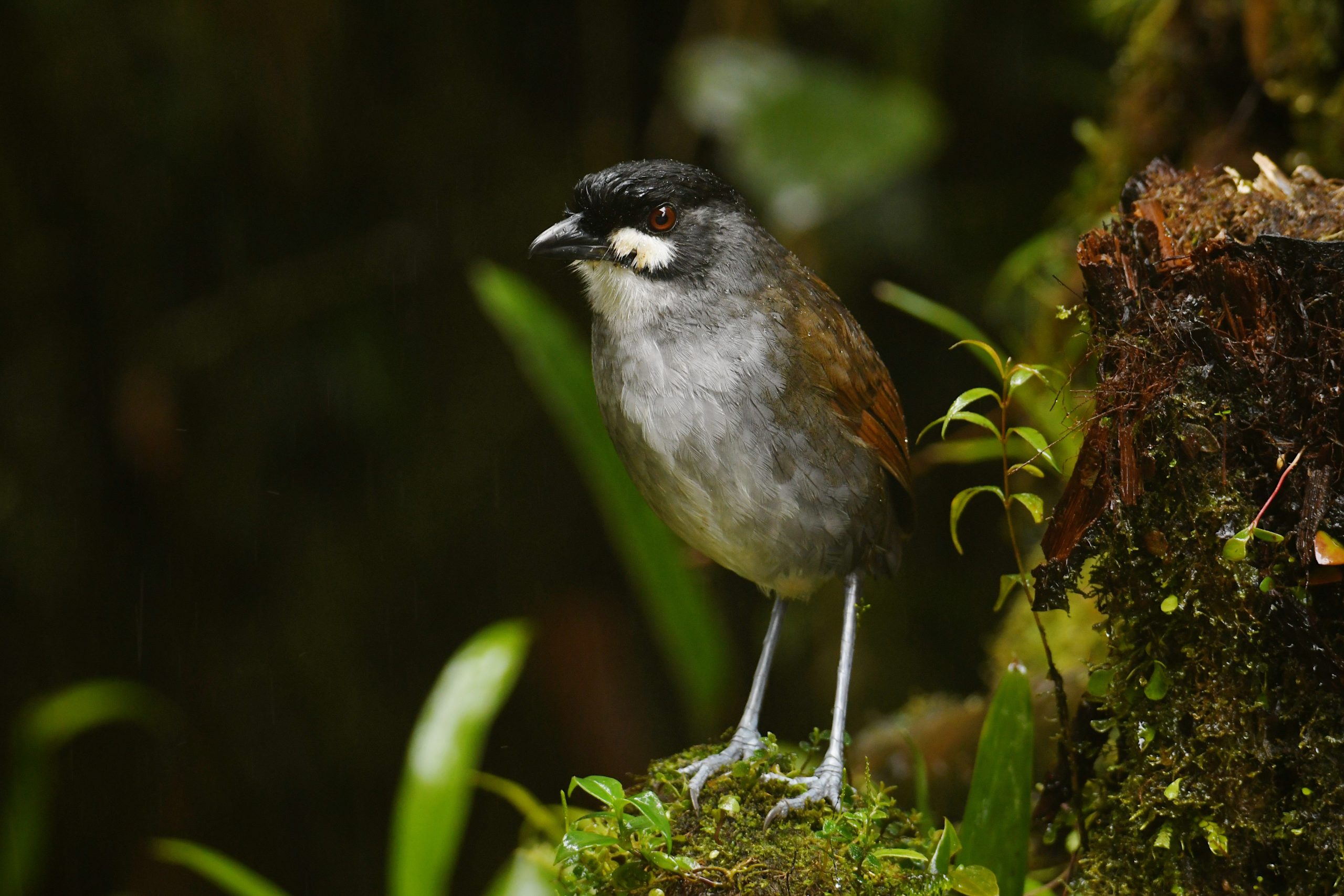Conserva Aves helps expand Yacuri National Park by 12% or 50 km² of unprotected tropical forest to safeguard endemic and threatened bird species, such as the Andean Condor.
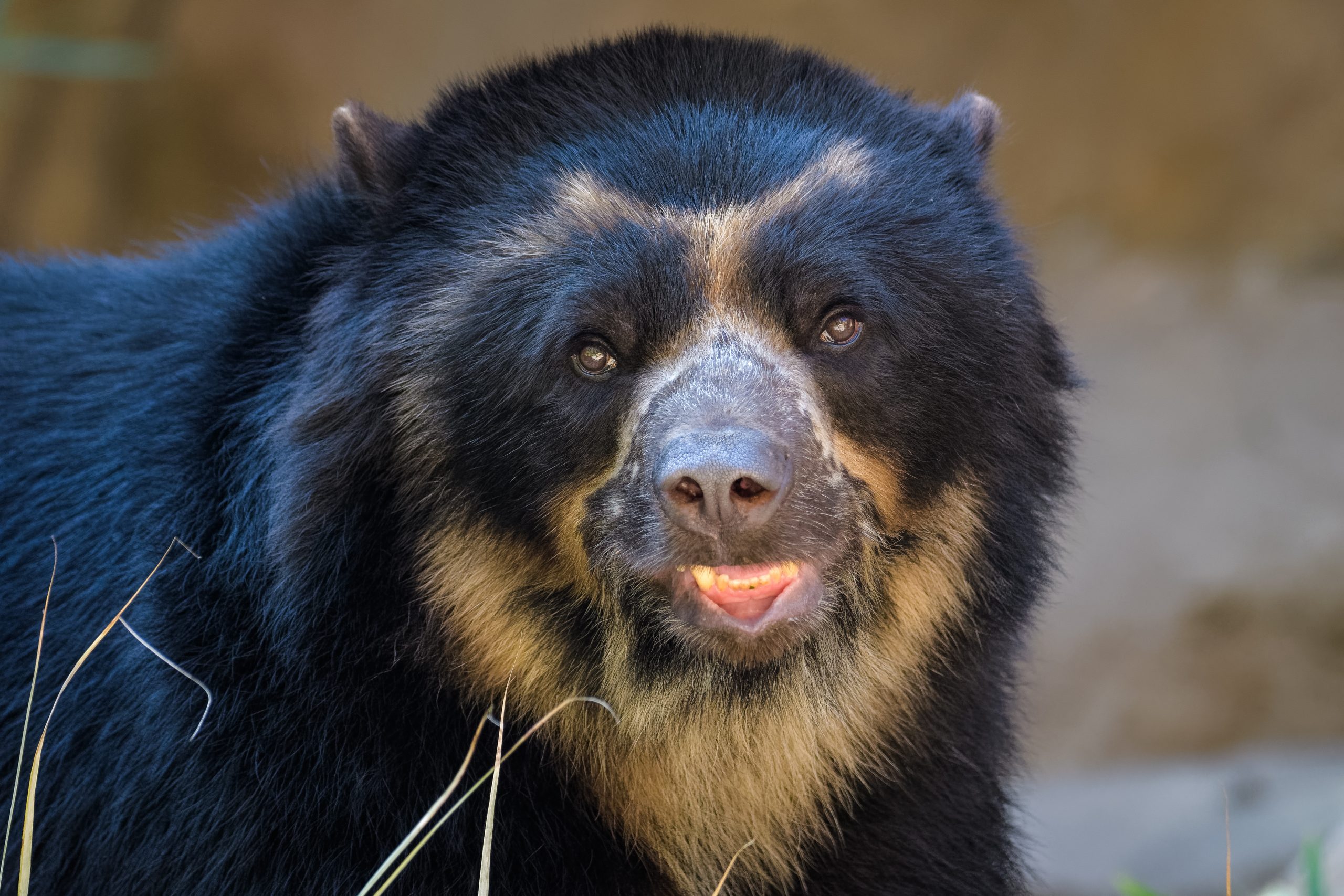
Thorsten Spoerlein
Spectacled Bear
Yacuri is one of the youngest National Parks in Ecuador. It was founded in 2009 and is a crucial component of the biodiversity-rich Podocarpus – El Cóndor Biosphere Reserve. Spanning 431 km² (166 mi2) across the provinces of Loja and Zamora Chinchipe, the national park preserves unique species inhabiting the Andes highlands and upper Amazon basin, one of the richest biodiversity areas in the world.
Thanks to the close collaboration between the Conserva Aves initiative¹, through its direct strategic grants mechanism, and the Ecuadorian Ministry of the Environment, Water, and Ecological Transition (MAATE), a milestone was achieved on November 22, 2023, with the expansion of Yacuri National Park by more than 50 km² (19 mi2) of land, towards the southern border with Peru, reaffirming their joint commitment to conserving these ‘Territories of Life.’
“The expansion of Yacuri will help prevent habitat destruction driven by the growth of the agricultural frontier, keeping the páramo (moor) and cloud forests intact.”
– Alejandro Trelles, Yacuri National Park Ranger
Yacuri National Park is part of a conservation corridor, connecting with the Podocarpus National Park to the north and the Colambo-Yacuri State Forest to the South. Yacuri is also adjacent to the Tapichalaca Reserve, a private reserve established by the Jocotoco Foundation, a BirdLife partner, to protect threatened species like the Jocotoco Antpitta (Grallaria ridgely).
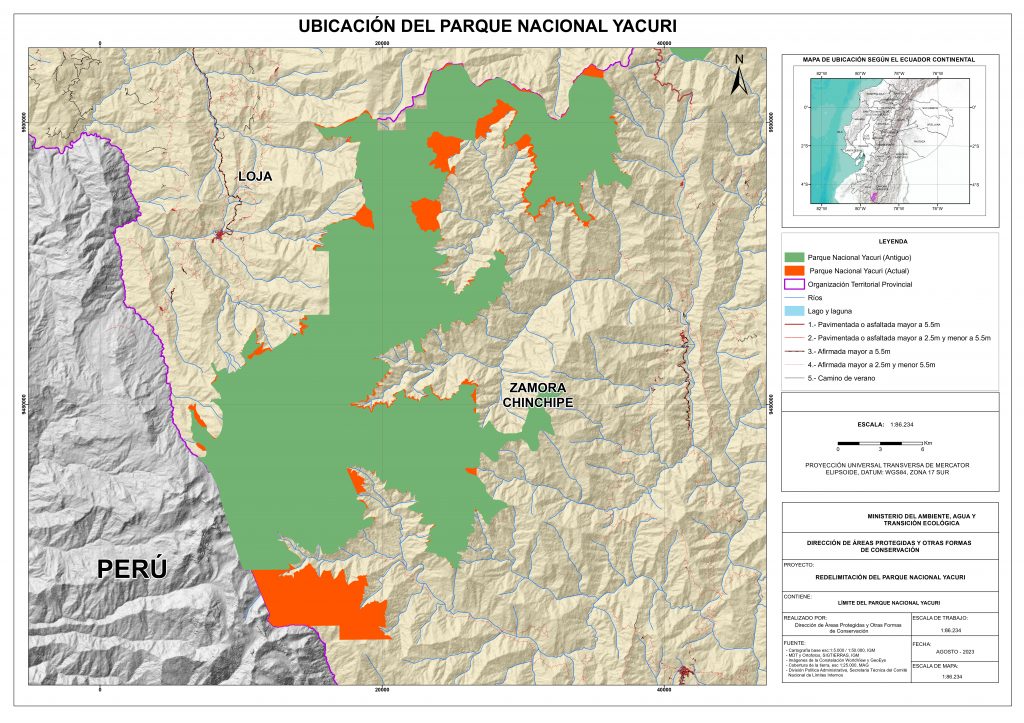
The recent expansion of Yacuri National Park resulted from cooperation among multiple organizations and experts in protected areas, including the Conserva Aves initiative and the support of organizations like the Bezos Earth Fund.
“Yacuri is a mix of Andean shrub paramo and montane cloud forest in fairly good conservation status,” said Alfonso Hernández, manager of Conserva Aves at BirdLife International. “Moreover, it is a Key Biodiversity Area (KBA) where many emblematic and IUCN Red List species reside, such as the Red-faced Parrot (Hapalopsittaca pyrrhops), Masked Mountain-tanager (Tephrophilus wetmorei), Black-and-chestnut Eagle (Spizaetus isidori) and Andean Condor (Vultur gryphus).
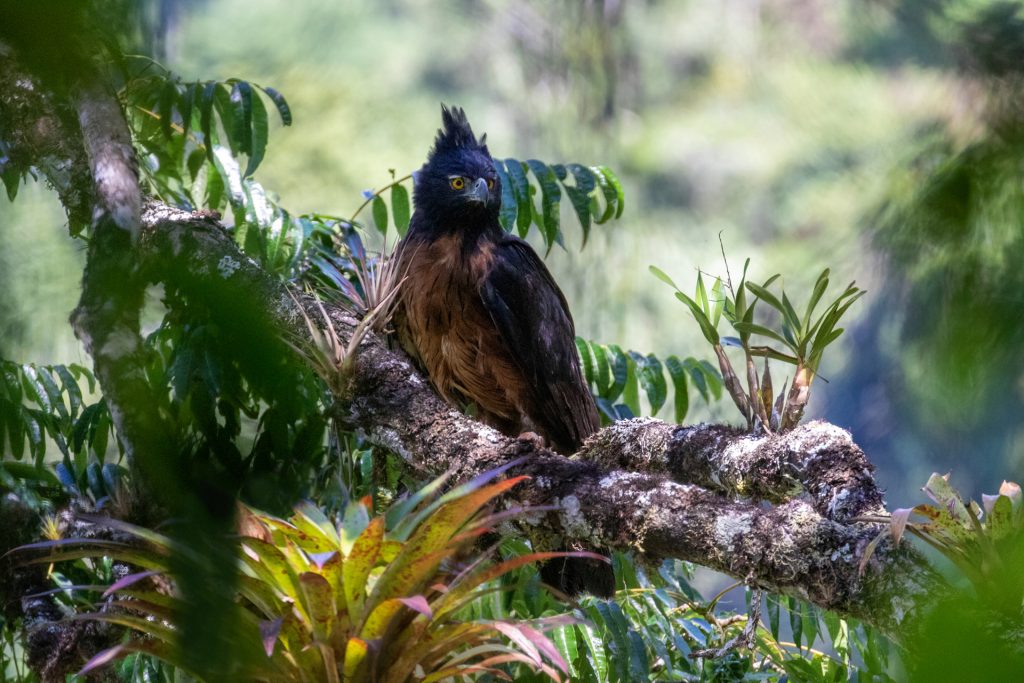
“The population of the Andean Condors in southern Ecuador is isolated from the rest of the country and consists of only 20 to 30 individuals.”
– Sebastián Kohn, Executive Director, and Researcher at Fundación Cóndor Andino Ecuador
The expansion of the Yacuri National Park represents a commitment by the Ecuadorian government to safeguard the area’s rich biodiversity and ecosystem services like water supply and carbon sequestration. Both are important for nearby communities and our planet’s climate regulation. Although there are no human populations settled within the newly expanded area, the surrounding communities are aware of the forest benefits, and some communities are in the process of establishing municipal protected areas adjacent to Yacuri.
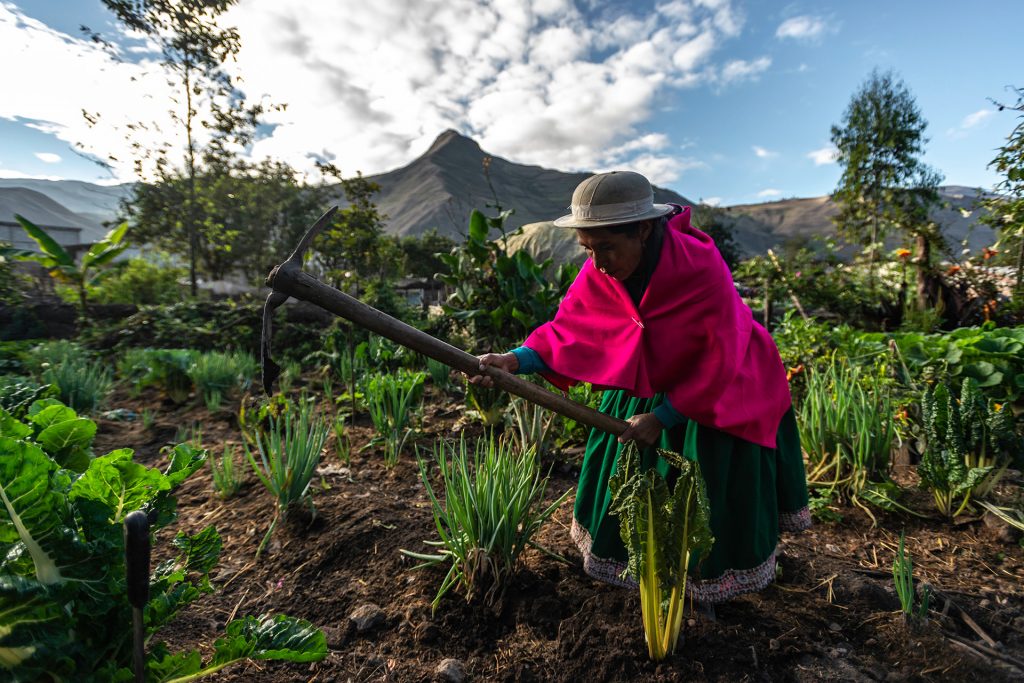
“Very proud of and happy about the level of trust that the Ecuadorian Ministry of Environment has placed in the Conserva Aves initiative. This great conservation win has jump-started Conserva Aves implementation in Ecuador and will soon be followed by the first request for proposals to be issued by the Ecuadorian RedLAC partner, the Fondo de Inversión Ambiental Sostenible. Although Conserva Aves is dedicated to the creation and expansion of protections at the subnational level, the expansion of Yacuri National Park is a very worthy exception to the rule.”
– Sebastian Herzog, Audubon Americas Protected Areas Director, National Audubon Society
At the forefront of conservation
Fire, deforestation from an expanding agricultural frontier, and mining concessions threaten the region. This expansion of the park grants protection against extractive activities and provides park guards with the authority to manage and protect these key areas.
“The surrounding communities have seen the negative impact of mining activities in other areas, for example on the quality of the water in the rivers. This is one of the reasons why they pushed to put a ´padlock´ to protect these sites from extractive activities”, mentions Cristhian Acurio, a specialist in protected areas within the Ministry of Environment, who oversaw the technical process for the expansion.

Initial studies of vascular plants in Yacuri have recorded 280 species of vascular plants, 32 of which are endemic and some of which are endangered. This lively and fragile tapestry also protects 18 species of mammals, including the puma, Andean Tapir, and Spectacled Bear, as well as several species of endangered amphibians, such as the Yacuri Marsupial Frog (Gastrotheca yacuri), endemic to this area.
In summary, this represents a milestone for the conservation of Ecuador’s cloud forests and paramo ecosystems. It also marks a crucial step towards preventing habitat destruction, especially along the southern border with Peru and the other South American countries where Conserva Aves is promoting a world in which nature and humanity thrive together.
—————————–
¹ Conserva Aves is an initiative led by American Bird Conservancy, National Audubon Society, BirdLife International, and the Network of Environmental Funds in Latin America and the Caribbean (RedLAC), which supports local NGO, indigenous peoples, afro-descendants, local communities, and local governments to establish and sustainably manage subnational protected areas in Latin America. It works through different granting mechanisms: requests for proposals and direct strategic grants. Moreover, it directly supports communities on technical and organizational aspects to ensure their projects succeed. Its inclusive, diverse, and dynamic approach is addressing conservation gaps in Key Biodiversity Areas (KBAs) where threatened endemic and declining migratory birds inhabit.
